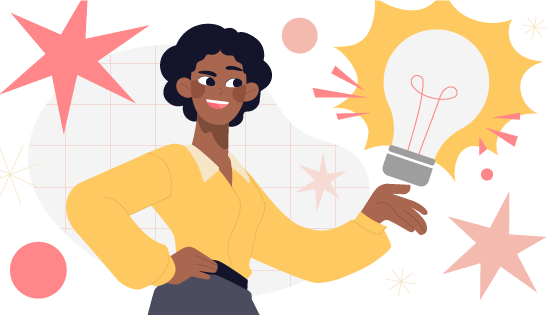For more information on this topic, check out our ebook here!
Humans have been playing games for centuries. In fact, some of the earliest instances of gaming tools like dice have been in play since the Ancient Greeks invented them some 3,000 years ago. Today’s gaming might be more common on a screen, but the history of humans has always been intertwined with play as a pastime. That’s because psychologically, playing games pings a number of your brain’s processes, responsible for activating positive feelings and igniting motivation. Understanding why gamification works on a psychological level might shed some light on one of the oldest and most effective ways to get learners to engage.
When you play a game, you have the opportunity to win. And the human brain loves winning. Its reward center is housed in the cerebral cortex and when you win a game, a rush of dopamine is dispatched from the ventral tegmental area (VTA). It makes its way to the pleasure center in your brain, and just like that, you’re hooked. You want to play again and again to reconnect your brain to the reward you get. Whether it’s winning or leveling up, gamification has these four very tangible benefits for engaging learners and keeping them coming back for more:
- Rewards. Gamification is a rewarding learning method. And, when something feels rewarding, you’re more likely to do it again. Gamification is most effective when learning is designed to be an ongoing process. Rather than a one-and-done approach, playing a game gives users an incentive to come back again and keep progressing. This makes it effective for both information delivery and recall.
- Self-Expression. No one likes to feel like just another cog in the wheel. Implementing games gives learners a chance to express themselves and their autonomy with mechanics like avatars and nicknames. This creates a true emotional connection between the user and the content, so they’re less likely to lose interest. Learners love being able to customize their experience, and gamification allows for plenty of choices, autonomy, and personalization.
- Status. Seeing their names on a leaderboard can be a major motivator for learners. Competition activates the anterior cingulate cortex, which causes the learner to increase effort almost automatically. And, when their status is confirmed in relation to their peers, it creates those feel-good emotions as learners get another bump in dopamine levels. Scoreboards give learners a palpable way to see the fruits of their labor.
- Achievement. If at first, you don’t succeed, keep trying until you beat the level. Any gamer can tell you about the thrill of succeeding after multiple attempts. It’s a culmination of effort and learning that shows users they’re on the right track. In gamification, achievement via increasing difficulty levels or utilizing new knowledge gives users a chance to put their training to work. Whether it’s beating a level or finishing a module, challenging learners is a great way to ramp up their engagement.
Gamification works, but it’s not just because games are fun. As a learner’s brain plays, it also processes, giving it positive feedback and better recall. Making game-based learning part of your strategy means putting its psychological benefits to the test. When game-based eLearning has measurable psychological effects on the user, it’s anything but child’s play.






